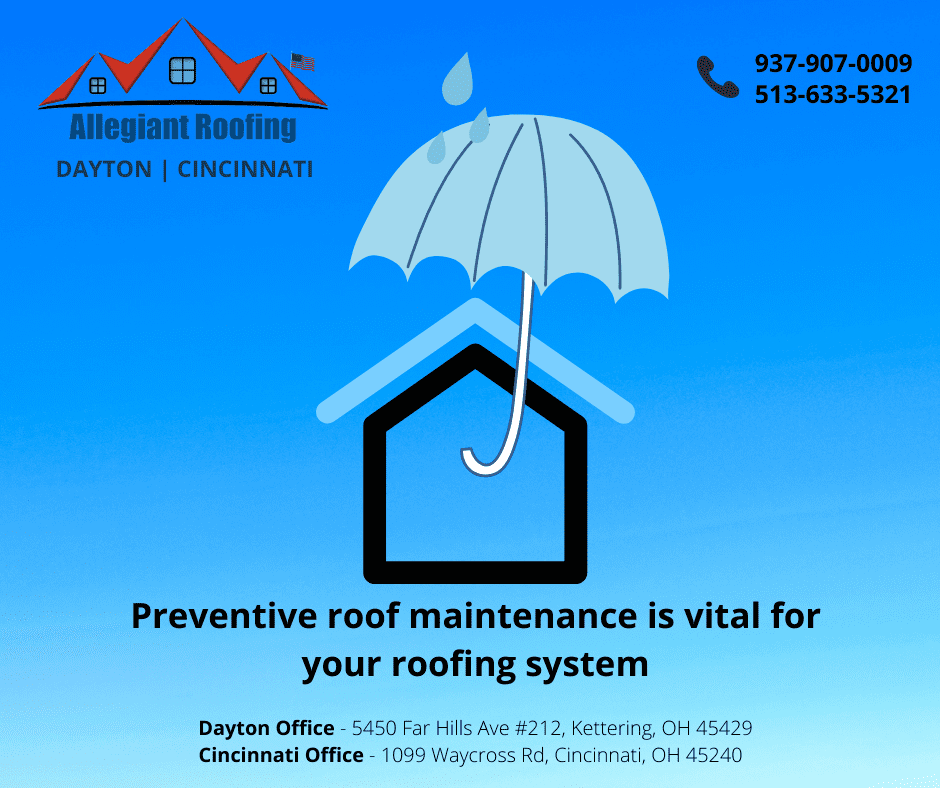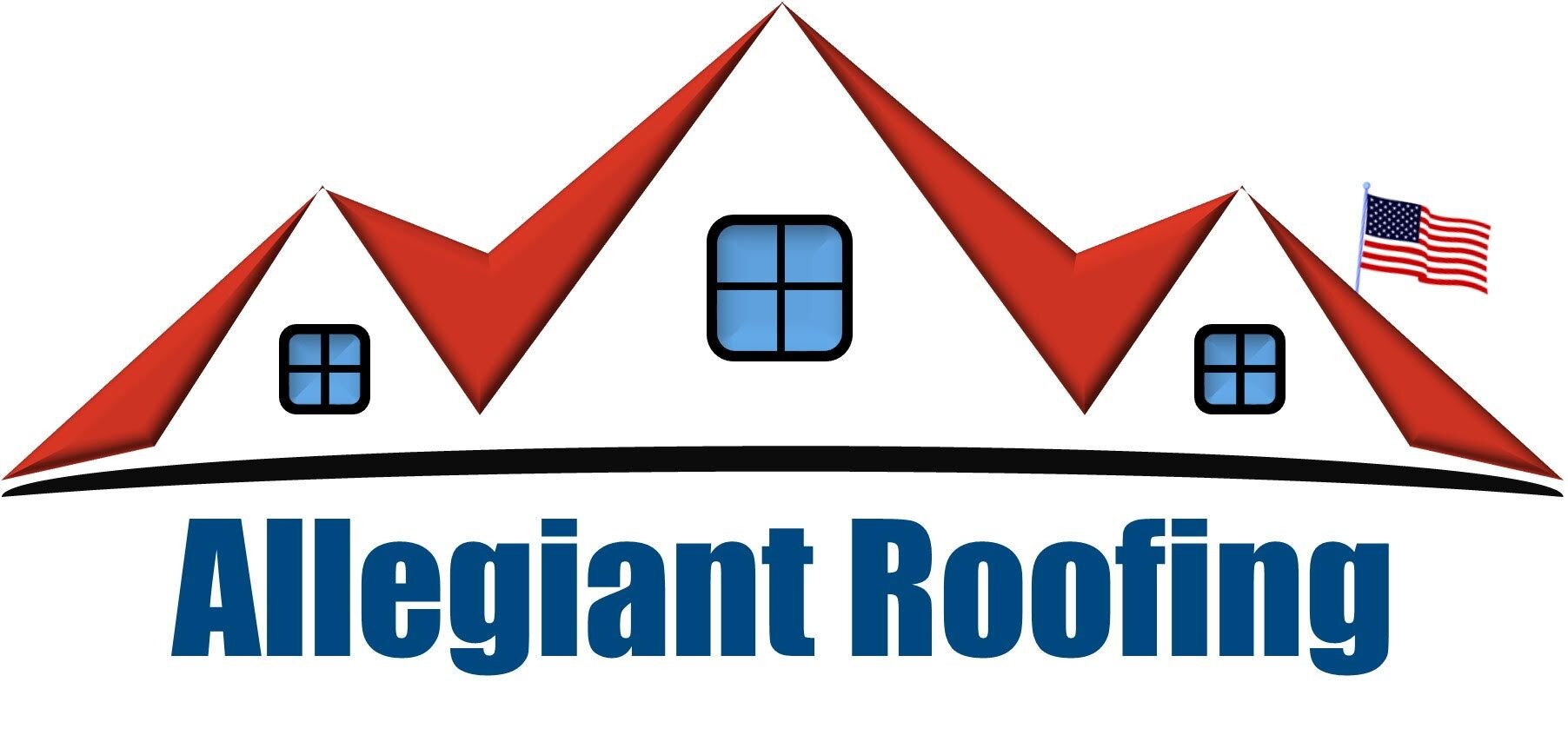One of the most concerning issues about the roof’s health is moss growth over the materials, in between tiles, and underneath the ledger. Not only is this fungus deadly to your roof’s performance and strength, but it can spread infections. This is why you must take appropriate measures to prevent the growth of green moss on your roof. But before that, you must learn the consequences you have to face due to the fungal population explosion.
What causes moss to grow on the roofs?
Many geographical and physical conditions facilitate the growth of moss on your roof. Here are some of the main reasons you should be looking out for.
- Mosses usually grow in those parts of the roof that don’t receive sunlight or fall in the zone of partial sunlight.
- If water is accumulating in between the tiles or the roofing material is suffering from dampening, there are high chances that you will find moss growth in no time.
- Another major cause of moss growth is the accumulation of debris between the roofing tiles that cause oxidative damage to the material and making them the perfect habitat for this fungus.
- Moss and trees share a symbiotic relationship. Therefore, if your roof is in close contact with any tree bark or stem, moss can easily grow on your roof.
What are the consequences of moss growth on roofs?
One of the direct consequences of moss on your roof is mold growth. This mainly happens because moss retains moisture and heat when a thick layer has formed. As a result, it forms the perfect habitat for mold to thrive. It can ultimately result in the weakening of roof materials and increased dampening chances. Sometimes, heavy layers of moss can even create holes in your roof, especially if the shingles are made from clay and wood.
How to stop the moss from growing on your roof?
While the removal of heavy moss growth is only possible with the help of a professional, you can at least try and prevent its growth/spread with some DIY hacks. These are:
- The first thing you have to do is remove all remnants of twigs, leaves, and branches from between the tile gaps since they mainly cause the fungus to explode in terms of population.
- If there is any broken or damaged roof shingle, you must get it removed at the earliest. This is because damaged shingles allow moisture to seep into the roof and promote moss growth.
- Sometimes, storms can create holes and puncture marks. If you come across any such damage, you must immediately cover it with a new title or concrete such that moisture cannot seep into it.
- If there is a tree close by, do trim its looming branches over your roof. This won’t facilitate moss growth and will keep the materials safe.

Conclusion
We hope these tips are helpful. Remember prevention is always better than cure, hence getting regular roof maintenance to stop moss growth early will not only make it easier to get rid of but would prevent any serious damage to your roof.
Contact our team at Allegiant Roofing for your regular roof maintenance.
